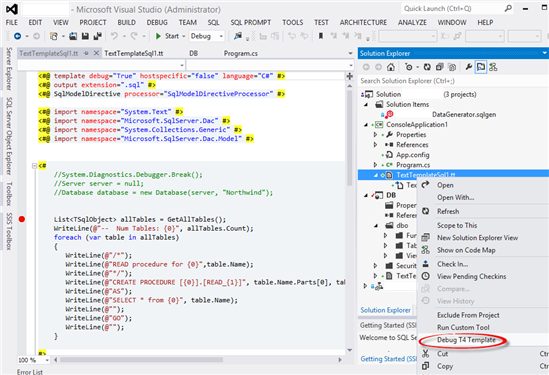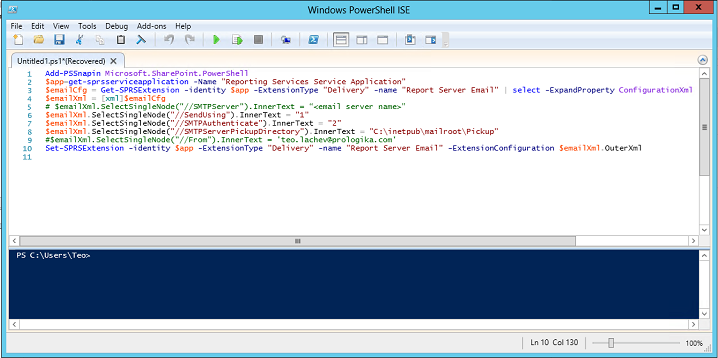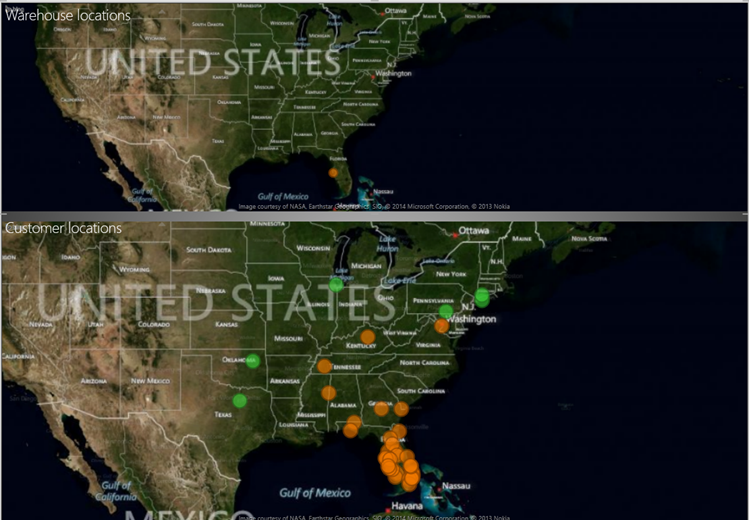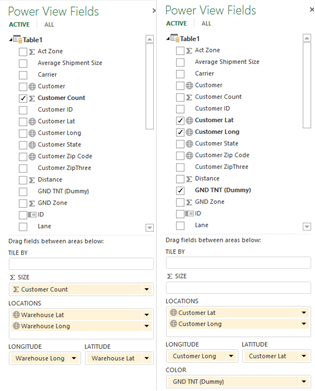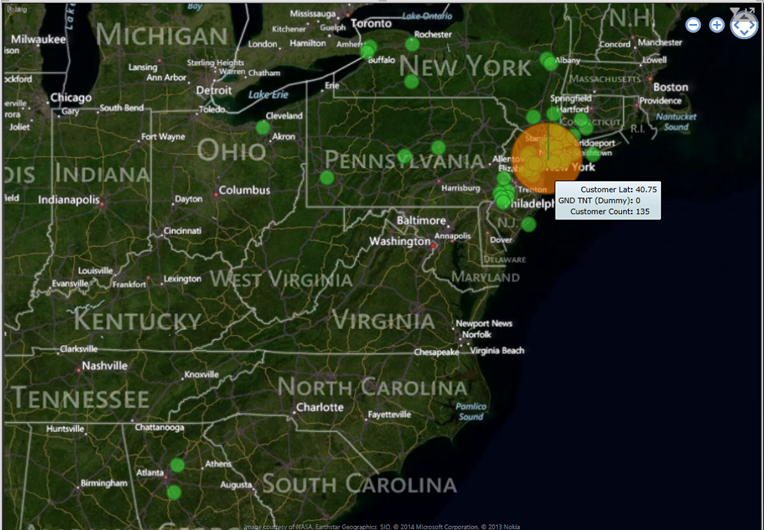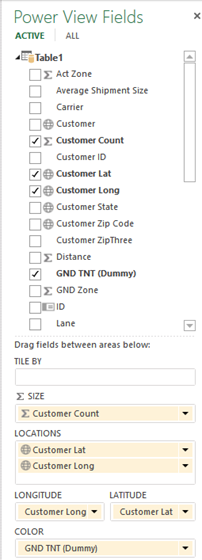Atlanta MS BI Group Meeting on May 19th
Join us for our next Atlanta MS BI Group meeting tomorrow, Monday, May 19th, to learn about Power Query. Spread the word and invite your coworkers but RSVP on our website so we can plan food accordingly.
| Main Presentation: | Power Query |
| Level: Intermediate | |
| Date: | Monday, May 19th, 2014 |
| Time | 6:30 – 8:30 PM ET |
| Place: | South Terraces Building (Auditorium Room) 115 Perimeter Center Place Atlanta, GA 30346 |
| Overview: | So much data is stored on the web, yet merging it with our enterprise data can be a challenge. In this session we’ll use Power Query to quickly harvest historical data about SQL Saturday from its site, combining event, session and speaker details with other publicly available data sets. We’ll create custom functions with Power Query’s M language to collect and transform the data from multiple web pages. We’ll then move the data into Power Pivot and explore our results with Power View and Power Map. We’ll even cleanse the data without leaving Excel, leveraging DQS (Data Quality Services) through the MDS (Master Data Services) Excel add-in. |
| Speaker: | Julie Smith is a Microsoft SQL Server MVP and a BI consultant for Innovative Architects in Atlanta, GA. She’s implemented increasingly complex ETL solutions for over a decade at various organizations. She’s also worn many other database “hats” in her career – production DBA and database developer–but ETL is her true passion. Julie is an MCTS in SQL Server 2008 BI and holds a BA from the University of South Carolina. She and Audrey Hammonds co-created The Datachix.com blog. Rob Volk is a SQL Server DBA in the Metro Atlanta area since 2001. An MCITP, he also moderates and answers the forums on SQLTeam.com. While an old-time cranky DBA, he no longer considers “business intelligence” an oxymoron and is delightedly dipping his toes into the BI ocean, and loves to do things in new and unusual ways. |
| Sponsor: | Since 2005, Innovative Architects has been serving industries to help solve business and technology challenges. Led by our great associates, we specialize in a wide array of cutting edge Microsoft technologies that we leverage to help our customers achieve the highest level of success with their technology solutions. We provide business consulting, development and implementation services for Microsoft platforms which include BizTalk, SharePoint, .NET, Business Intelligence and much more. |
| Prototypes with Pizza | Power BI Forecasting by Teo Lachev |

